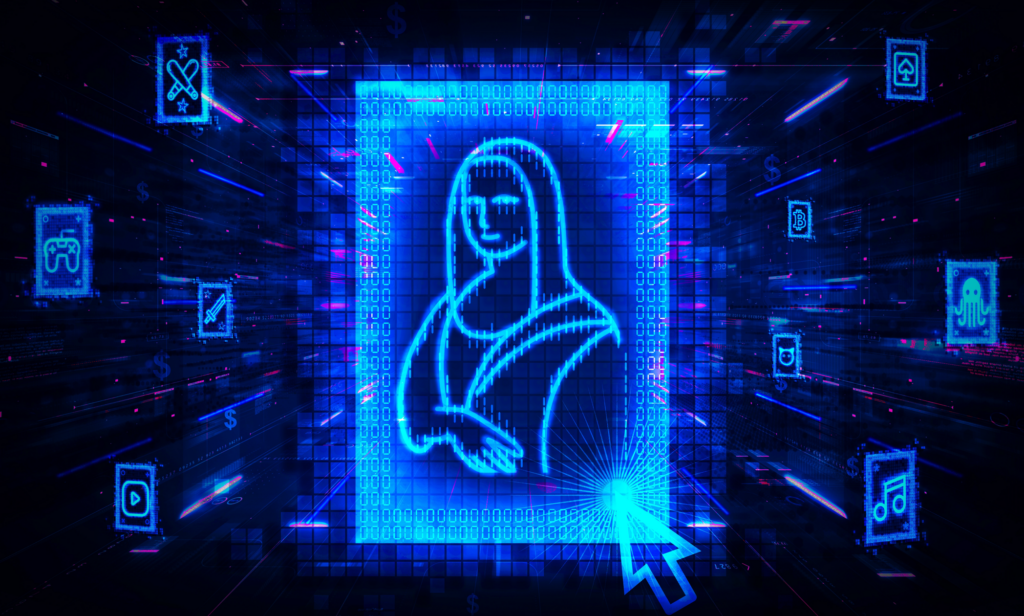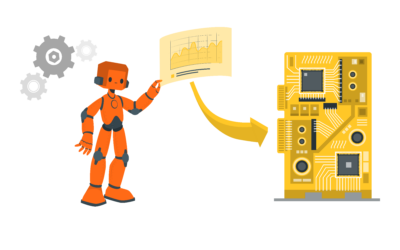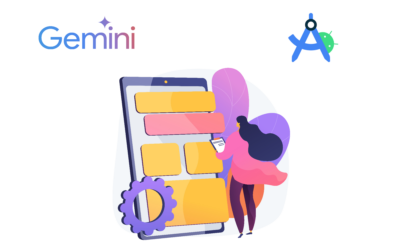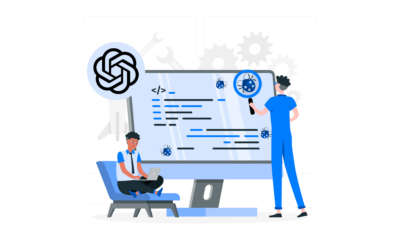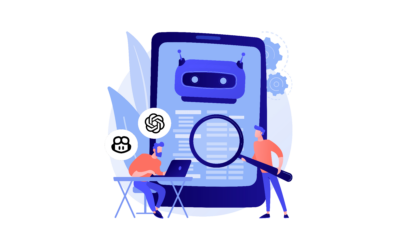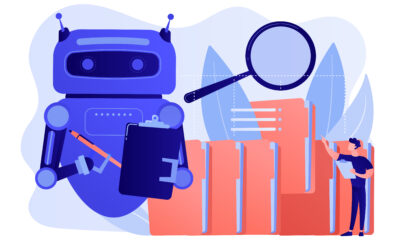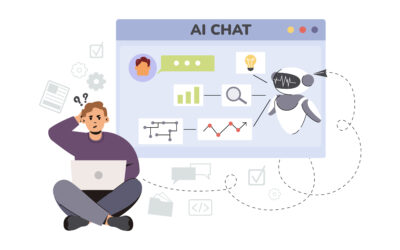NFTs (non-fungible tokens) are digital assets that live on a blockchain and represent physical (tangible) or digital (intangible) objects. They are supported by digital contracts that give them particular properties to be traded and owned. A non-fungible token has unique properties and cannot be exchanged for other (non-fungible) items.
Many enterprises are spending millions on NFTs and apps, and most people don’t clearly understand these concepts. But NFTs are creating new digital experiences, interactions, assets, decentralized operating models, and new forms of governance.
Tokens are the primary digital units of Web3 enterprises. These companies are creating new organizational and operating structures such as decentralized databases, which involves moving data to public protocols, decreasing entry barriers, and improving operational performance to compete in the Web 3.0 economy. Businesses are also creating blockchain networks of partners that are revolutionizing processes between ecosystem players.
This blog post explains NFTs and related technologies for a general business reader to become familiar with the relevant terms and concepts in order to start a conversation about NFTs, Web3, and blockchain development.
Understanding NFTs
NFTs (non-fungible tokens) are minted or created with unique data properties and utilities that are defined and can be verified using smart contracts NFTs contain unique names, file properties, and symbols that are recorded on a blockchain. Smart contracts make information about the NFT publicly visible and define its properties in order to accomplish specific tasks and address legal aspects, royalties, etc.
Types of NFTs
NFTs enable the creation of new digital experiences and communities of users with similar characteristics and interests, making them part of a community and co-owners of a project.
There are many ways in which companies are experimenting and creating new products with NFTs, such as digital artwork, games, events, sport cards, digital real state, digital fashion, virtual showrooms, collectibles, music, photography, and many other use cases.
Web3 Technologies (Web 3.0) and Blockchain
Consumers are evolving and interacting virtually, and Web3 technologies are emerging to help transform the digital economy. NFT apps run on blockchain and decentralized networks and are the main technology of the Web3 that is creating a more connected digital world.
The Web3 allows interrelationships in a decentralized way, without relying on intermediaries or authorities, and connects users with greater transparency, security, and privacy. Consumers can join blockchains while controlling their information (ownership) and choosing what information to share (privacy) without a centralized entity facilitating the transaction.
Blockchain systems are distributed ledgers across networks that enable transparency in an immutable form—i.e., users cannot change data written to the blockchain. Data transactions are recorded on ledgers (blocks) that are public but anonymous, with users sharing and updating data simultaneously in peer-to-peer nodes using keys and cryptographic signatures.
Blockchain systems (distributed ledger technologies) are the foundations of cryptocurrencies and NFTs representing objects that can be purchased, traded, or owned using the technology.
NFTs are built on top of blockchain networks that securely validate the transaction’s authenticity and give access to anyone who wants to participate and interact in a market that offers a perceived value to that user.
Smart Contracts
Smart contracts are automated programs (code) that are triggered and executed by specific conditions of an agreement that rules the NFT. These contracts cannot be changed once executed, and they allow tracking of buyers and sellers.
Digital Wallets
Buyers of goods must open a digital wallet account to store cryptocurrency. In other words, buyers store value as digital currency to pay for digital or physical goods in the marketplace platform. Wallets are also a place to store digital assets with privacy features and secure payment options. For example, Metamask is a popular wallet that connects blockchain applications and is available as a web extension or mobile app.
NFTs Fuel the Metaverse
The technologies that create Web3 are used in the digital world for creating interactions and experiences, commerce, community collaboration and engagement, and many other possibilities in a decentralized world. Businesses must understand their brand and how to connect it with immersive environments.
Web3 technologies empower users, giving them more equitable opportunities and creating communities where users participate through social media, messenger apps, forums, and events.
The metaverse is a virtual reality (VR) place where users interact and engage with a virtual (computer-generated) environment and other users worldwide.
Decentralized Autonomous
Organizations (DAOs) and DApps
Communities are organizing around decentralized autonomous organizations (DAOs) and DApps. Autonomous organizations are groups with the same vision, objectives, and goals that function and are governed under smart contracts. DAOs have governance mechanisms and have rules encoded in blockchain protocols without a central authority exerting control. The community can change the protocol by voting or through consensus mechanisms.
Decentralized apps (DApps) are applications built on blockchain technology and programmed with smart contracts in their front-end interface so they don’t rely on servers, databases, or other platforms to manage data. Data is processed and verified through a network of decentralized computers.
Companies build DApps by powering their products with third-party blockchain developer platforms (blockchain infrastructure). This approach saves hundreds of engineering hours and problems in exchange for higher reliability and speed.
NFT Marketplace
NFT marketplace platforms are a place to buy and sell digital assets, non-fungible tokens (NFTs), collectibles, etc. Also, some platforms allow users to create (mint) their own NFTs.
These platforms record the sales in the blockchain and handle the digital asset transfer between buyers and sellers, with different options for payment, fees, blockchain networks, and rules. Many NFT marketplaces cater to specific needs. These marketplaces are where users go to invest in digital assets.
Popular NFT platforms include OpenSea, NBA Top Shop, Nifty Gateway, Crypto.com, Rarible, Binance, along with many others. Digital items are tokenized on Ethereum, and the most popular NFT marketplaces are built on Ethereum.
You can create and sell NFTs in an NFT marketplace platform. Buyers and sellers connect their wallets to authenticate in the platform and start trading with NFTs and accessing metaverses. A Web 3.0-enabled wallet should have a mobile app and a web browser extension.
Market platforms are evolving into more sustainable businesses and avoiding working with proof-of-work (PoW) blockchains due to high energy consumption and electronic waste. As a result, the new blockchains are switching to proof-of-stake (PoS) blockchains to avoid relying on physical hardware.
NFT Opportunities
Provide blockchain information and explain NFTs to your teams and get them ready to start talking about NFTs, DAOs, and DApps. Discuss how blockchain will fit into your business strategy and begin to look for opportunities.
• Discuss blockchain technologies and NFT projects
• Discuss decentralized business operating models
• Is your business a candidate for creating a DAO structure?
• Learn how to use tokens for fundraising
• Consider using tokens as incentives for users, creators, and developers

